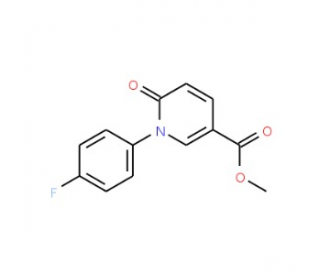详细说明
- Species ReactivityHuman, Mouse
- SpecificityDetects human and mouse EphB2 in direct ELISAs.
- SourceMonoclonal Rat IgG 2A Clone # 512012
- PurificationProtein A or G purified from hybridoma culture supernatant
- ImmunogenMouse myeloma cell line NS0-derived recombinant mouse EphB2
Val27-Lys548 (predicted)
Accession # P54763 - FormulationSupplied in a saline solution containing BSA and Sodium Azide.
- LabelPhycoerythrin
- Recommended
ConcentrationSample
- Flow Cytometry10 µL/10 6 cellsSee below
| Flow Cytometry | Detection of EphB2 in COLO 205 Human Cell Line by Flow Cytometry. COLO 205 human colorectal adenocarcinoma cell line was stained with Rat Anti-Human/Mouse EphB2 PE‑conjugated Monoclonal Antibody (Catalog # FAB467P, filled histogram) or isotype control antibody (Catalog # , open histogram). View our protocol for . |
- ShippingThe product is shipped with polar packs. Upon receipt, store it immediately at the temperature recommended below.
- Stability & StorageProtect from light. Do not freeze.
- 12 months from date of receipt, 2 to 8 °C as supplied.
EphB2, also known as Cek5, Nuk, Erk, Qek2, Tyro5, Sek3, Hek5, and Drt (1), is a member of the Eph receptor family which binds members of the ephrin ligand family. There are two classes of receptors, designated A and B. Both the A and B class receptors have an extracellular region consisting of a globular domain, a cysteine-rich domain, and two fibronectin type III domains. This is followed by the transmembrane region and the cytoplasmic region. The cytoplasmic region contains a juxtamembrane motif with two tyrosine residues which are the major autophosphorylation sites, a kinase domain, and a conserved sterile alpha motif (SAM) in the carboxy tail which contains one conserved tyrosine residue. Activation of kinase activity occurs after ligand recognition and binding. EphB2 has been shown to bind ephrin-B1, ephrin-B2, and ephrin-B3 (2, 3). The extracellular domains of human and mouse EphB2 share 99% amino acid identity. Only membrane-bound or Fc‑clustered ligands are capable of activating the receptor in vitro. Soluble monomeric ligands bind the receptor but do not induce receptor autophosphorylation and activation (2). In vivo, the ligands and receptors display reciprocal expression (3). It has been found that nearly all the receptors and ligands are expressed in developing and adult neural tissue (3). The ephrin/Eph families also appear to play a role in angiogenesis (3).
- References:
- Eph Nomenclature Committee [letter] (1997) Cell 90:403.
- Flanagan, J.G. and P. Vanderhaeghen (1998) Annu. Rev. Neurosci. 21:309.
- Pasquale, E.B. (1997) Curr. Opin. Cell Biol. 9:608.
- Long Name:Eph Receptor B2
- Entrez Gene IDs:2048 (Human); 13844 (Mouse)
- Alternate Names:CAPB; Cek5; Drt; DRTEphB2; EC 2.7.10; EC 2.7.10.1; EK5; elk-related tyrosine kinase; EPH receptor B2; eph tyrosine kinase 3; EphB2; EPH-like kinase 5; ephrin type-B receptor 2; EPHT3MGC87492; EPTH3; Erk; ERKHek5; Hek5; Nuk; PCBC; protein-tyrosine kinase HEK5; Qek2; Renal carcinoma antigen NY-REN-47; Sek3; Tyro5; Tyrosine-protein kinase receptor EPH-3; Tyrosine-protein kinase TYRO5












